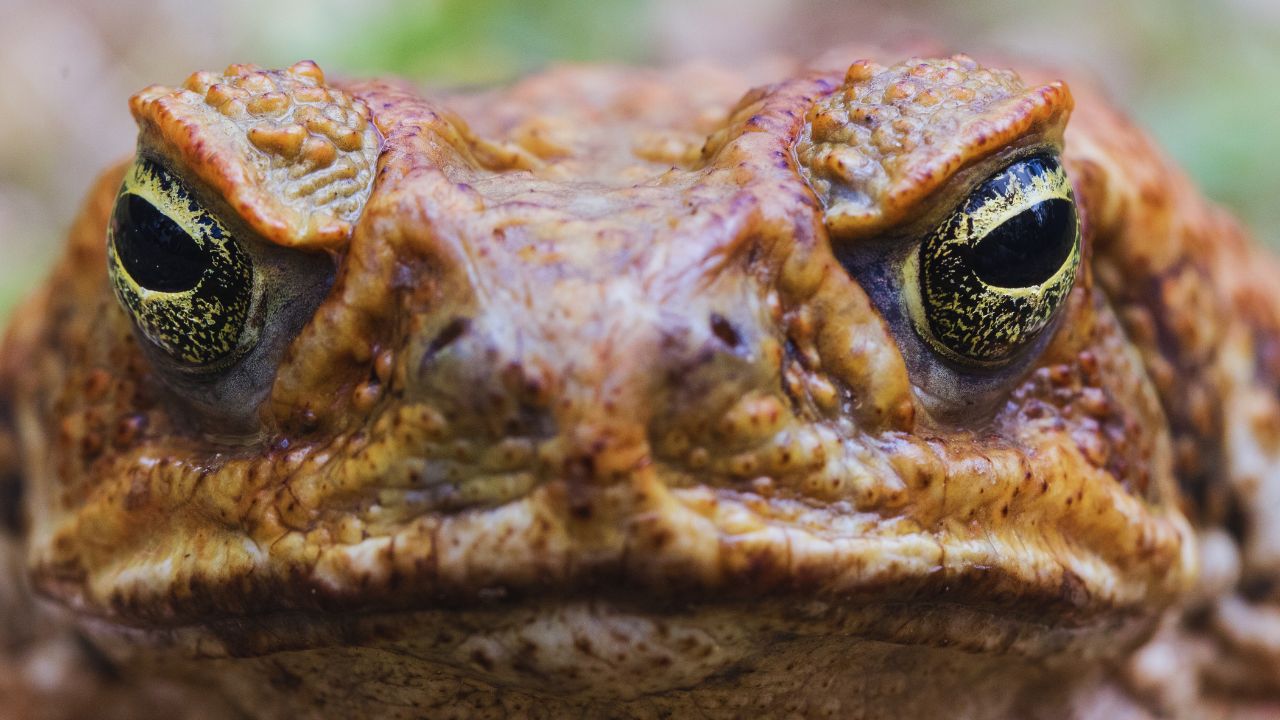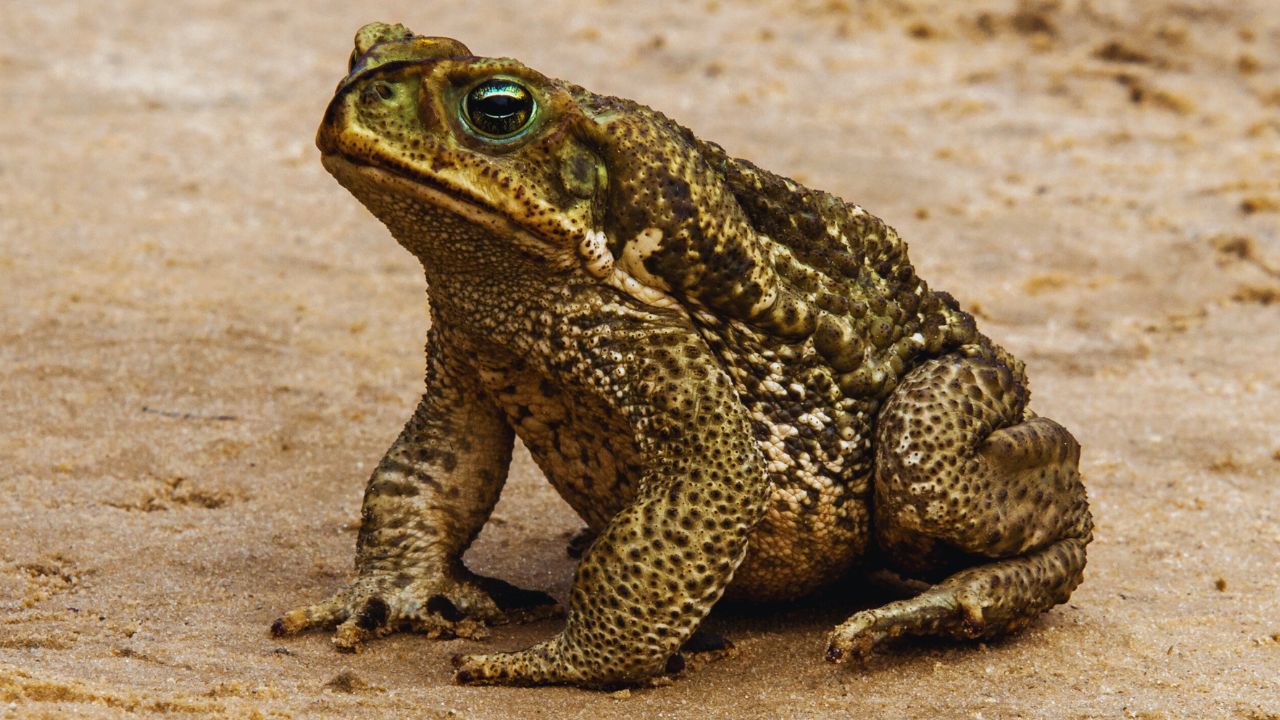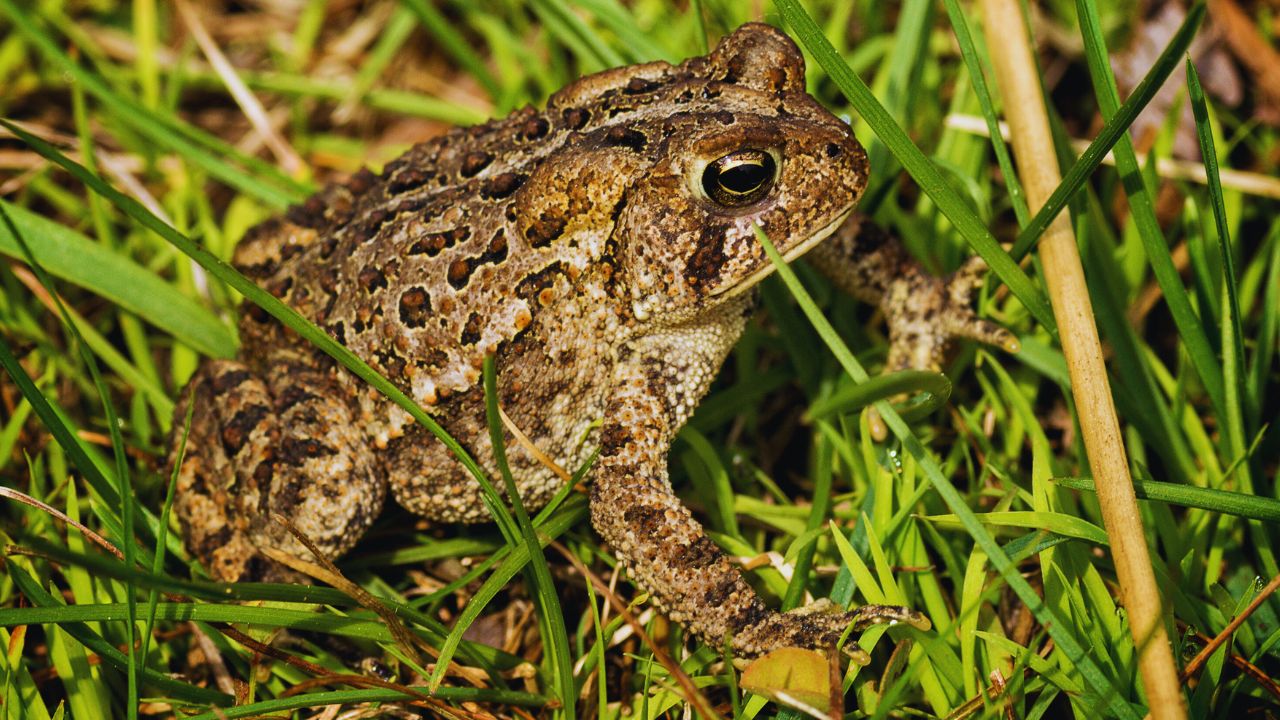Native to North America, the American toad (Anaxyrus americanus) has a varied and large geographic distribution that emphasizes its ecological importance and adaptation. This thorough investigation seeks to clarify the range of the American toad, its habitat preferences, and the ecological variables affecting its geographical distribution.

Geographic Distribution of the American Toad
| Region | Countries/States/Provinces | Presence | Key Habitats |
|---|---|---|---|
| Eastern Canada | Ontario, Quebec, New Brunswick, Nova Scotia, PEI | Common | Deciduous Forests, Wetlands |
| Northeastern US | New York, New Jersey, Pennsylvania, Ohio, Massachusetts | Widespread | Woodlands, Meadows, Urban Areas |
| Southeastern US | Georgia, South Carolina, North Carolina, Northern Florida | Locally Common | Grasslands, Mixed Forests, Marshes |
| Central US | Illinois, Missouri, Kansas, Indiana | Abundant | Prairies, Agricultural Fields, Streams |
| Midwestern US | Michigan, Wisconsin, Minnesota | Widespread | Forests, Lakeshores, Wet Meadows |
Geographic Range
Found throughout a large swath of North America, from southeast Canada to the eastern and central United States, the American toad Its spectrum of habitats reflects the species’ resilience to many environmental situations. One may divide the spread of the toad into five main zones:
Canada: In Canada, the range of the American toad include the coastal provinces of New Brunswick, Nova Scotia, and Prince Edward Island as well as southern Ontario, Quebec, The species is particularly scarce in the more northern and isolated parts of the nation, where lower temperatures and more hostile environmental circumstances restrict its existence.
United States: The distribution of the American toad in the United States is broad, including the eastern and central areas mostly. From the eastern seabord, the toad runs westward to the central plains encompassing Kansas, Missouri, and Illinois. Its range runs southward from sections of the southeast United States, into northern Florida, and up to the southern border of the Appalachian Mountains.

Preferred Habitats
Remarkably ecologically flexible, the American toad thrives in a variety of environments. Its general distribution is much influenced by its flexibility. The American toad mostly lives in:
Woodlands: With enough shelter and moisture, forested regions give the American toad a perfect habitat. From breeding to foraging, woodlands—especially deciduous woods with a mix of open and shady areas—help to sustain the toad’s life cycle.
Grasslands and Meadows: from wooded surroundings, the American toad also exists in grasslands and meadows. These wide spaces offer vital foraging grounds where the toad may locate a range of invertebrates needed for its diet.
Wetlands and Aquatic Environments: Breaching usually takes place in or close proximity to wetlands including ponds, swamps, and marshes. The reproductive activities of the toad depend on the existence of standing water as it offers a suitable habitat for egg deposition and tadpole growth.

Lifecycle Stages and Duration of the American Toad
| Lifecycle Stage | Description | Typical Duration | Habitat During Stage |
|---|---|---|---|
| Egg | Laid in long strings in water, usually in ponds or shallow pools | 3-14 Days | Shallow Water Bodies |
| Tadpole | Aquatic stage where they develop from eggs into toadlets | 40-70 Days | Ponds, Wetlands, Marshes |
| Juvenile | Terrestrial stage post-metamorphosis; still small and vulnerable | 1-2 Years | Moist Forest Floors, Meadows |
| Adult | Fully developed toad, capable of reproduction | 2-4 Years to Reach Maturity | Diverse Terrestrial Habitats, Near Water for Breeding |
| Hibernation | Period of dormancy during colder months | 4-6 Months (Winter) | Burrows, Leaf Litter, Underground Cavities |
Components Affecting Range
The geographic distribution of the American toad is greatly shaped by many elements:
Climate: The distribution of the American toad is affected by the temperature. Its preferred temperature range is mild, with enough moisture. Extreme cold or protracted drought conditions may restrict its distribution, therefore influencing survival and success of reproduction.
Habitat Availability: Range of the American toad depends on the availability of appropriate habitats, hence they are rather important. Potential restrictions on the toad’s spread might result from urbanisation, agricultural development, and habitat degradation fragmenting and losing of important habitats.
Seasonal Variation: Range and behaviour of the American toad are affected by seasonal variations. Usually in spring and early summer, the toad is more likely to be seen near water sources during the mating season. To hibernate in colder months, it finds cover in terrestrial environments like burrows or leaf litter.
Human Activities: The range of the American toad may be much changed by human activities like pollution and land development. While pollution may compromise the quality of aquatic ecosystems vital for breeding, urbanisation typically results in habitat loss and fragmentation.

Conservation Status
Though localised hazards might affect certain populations, the American toad’s conservation status is typically steady. Particularly in places where habitat loss and environmental changes are common, conservation initiatives are vital to guarantee the species’s ongoing health.
Conservation Measures: Several steps are in place to safeguard American toads and their habitats. Projects for habitat restoration, building of wildlife corridors, and population trend monitoring are among these.
Public Awareness: Crucially, public awareness of the need of protecting amphibian habitats should be raised. Community engagement and educational initiatives help to preserve American toad and its habitats.

Diet of the American Toad by Age Group
| Age Group | Primary Diet Components | Feeding Behavior | Feeding Habitat |
|---|---|---|---|
| Tadpoles | Algae, Plant Debris, Microorganisms | Filter Feeders, Grazers | Aquatic: Ponds, Marshes |
| Juveniles | Small Insects (e.g., ants, beetles), Spiders, Worms | Opportunistic Hunters | Moist Forest Floors, Meadows |
| Adults | Larger Insects (e.g., beetles, crickets), Slugs, Earthworms | Ambush Predators, Nighttime Foraging | Diverse Terrestrial Habitats |
| Hibernating Adults | N/A – No feeding during hibernation | N/A | Underground, Burrows, Leaf Litter |
 The great geographic distribution of the American toad illustrates its flexibility and fortitude throughout many North American environments. Supported by ideal climatic conditions and the availability of vital supplies, the species thrives in a range of habitats from wetlands to forests and grasslands. Effective conservation depends on an awareness of the elements influencing its distribution, thereby ensuring that the American toad keeps thriving in its native habitat. By means of our ongoing research and preservation of this amazing amphibian, we help to further the more general objective of conserving biodiversity and safeguarding of the integrity of our ecosystems.
The great geographic distribution of the American toad illustrates its flexibility and fortitude throughout many North American environments. Supported by ideal climatic conditions and the availability of vital supplies, the species thrives in a range of habitats from wetlands to forests and grasslands. Effective conservation depends on an awareness of the elements influencing its distribution, thereby ensuring that the American toad keeps thriving in its native habitat. By means of our ongoing research and preservation of this amazing amphibian, we help to further the more general objective of conserving biodiversity and safeguarding of the integrity of our ecosystems.





